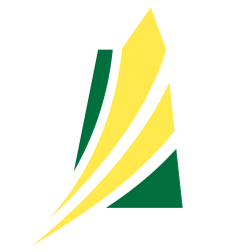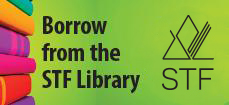Course Configurations
| (a) | Discuss the differences between goods and services. |
| (b) | Analyze options (e.g., e-commerce, retail, private exchange, text messaging and social media) for buying and selling goods and services. |
| (c) | Investigate requirements for collecting and remitting Provincial Sales Tax (PST) and Goods and Services Tax (GST) as a seller of goods and services including the responsibilities associated with conducting business on a First Nations reserve. |
| (d) | Discuss the advantages, disadvantages and security measures associated with various methods of payment (e.g., cash, cheque, money order, bank draft, debit card, e-transfer, credit card, virtual debit and worldwide online payments) for goods and services. |
| (e) | Investigate ways that payments are made in other areas of the world (e.g., WeChat or Alipay in China and CashU in the Middle East) and security measures (e.g., facial recognition) that are used. |
| (f) | Speculate on future methods of payment and associated technologies (e.g., CryptoCurrency, biometrics and blockchain) and the move towards cashless societies. |
| (g) | Discuss potential risks associated with future methods of payment and associated technologies. |
| (h) | Calculate total costs for a variety of transactions, taking into consideration taxes and fees such as transaction fees, shipping and handling, GST, PST, Harmonized Sales Tax (HST), duties and brokerage fees. |





This Canadian resource supports the Financial Literacy curriculum and provides information at a suitable introductory level. The resource is organized under six headings for a total of 15 modules.
Topics covered:
- Goals, Values and Decision-making
- Getting and Earning Money
- Spending Money and Taking Control
- Borrowing Money and Using Credit
- Saving and Investing Money
- Protecting Assets and Planning for the Future.
The resource includes:
- Student Guide, English or French, free online PDF version or hard copies can be ordered at a minimal fee
- Teacher's Guide, English or French, free online version
The Indigenous Edition of Money and Youth builds on the original resource from the Canadian Foundation for Economic Education, CFEE. Damon Johnston, President of the Aboriginal Council of Winnipeg, provided guidance rooted in traditional teachings and the Seven Sacred Laws. Vanessa Everett, CEO of Economic Development with the Keewatin Tribal Council, adapted the original version by Gary Rabbior of CFEE. Input from respected individuals across Turtle Island also helped shape this edition.
Topics covered:
- Goals, Values and Decision-making
- Getting and Earning Money
- Spending Money and Taking Control
- Borrowing Money and Using Credit
- Saving and Investing Money
- Protecting Assets and Planning for the Future.
The resource includes:
- Student Guide, English, free online PDF version or hard copies can be ordered at a minimal fee
- Teacher's Guide, English, free online version

